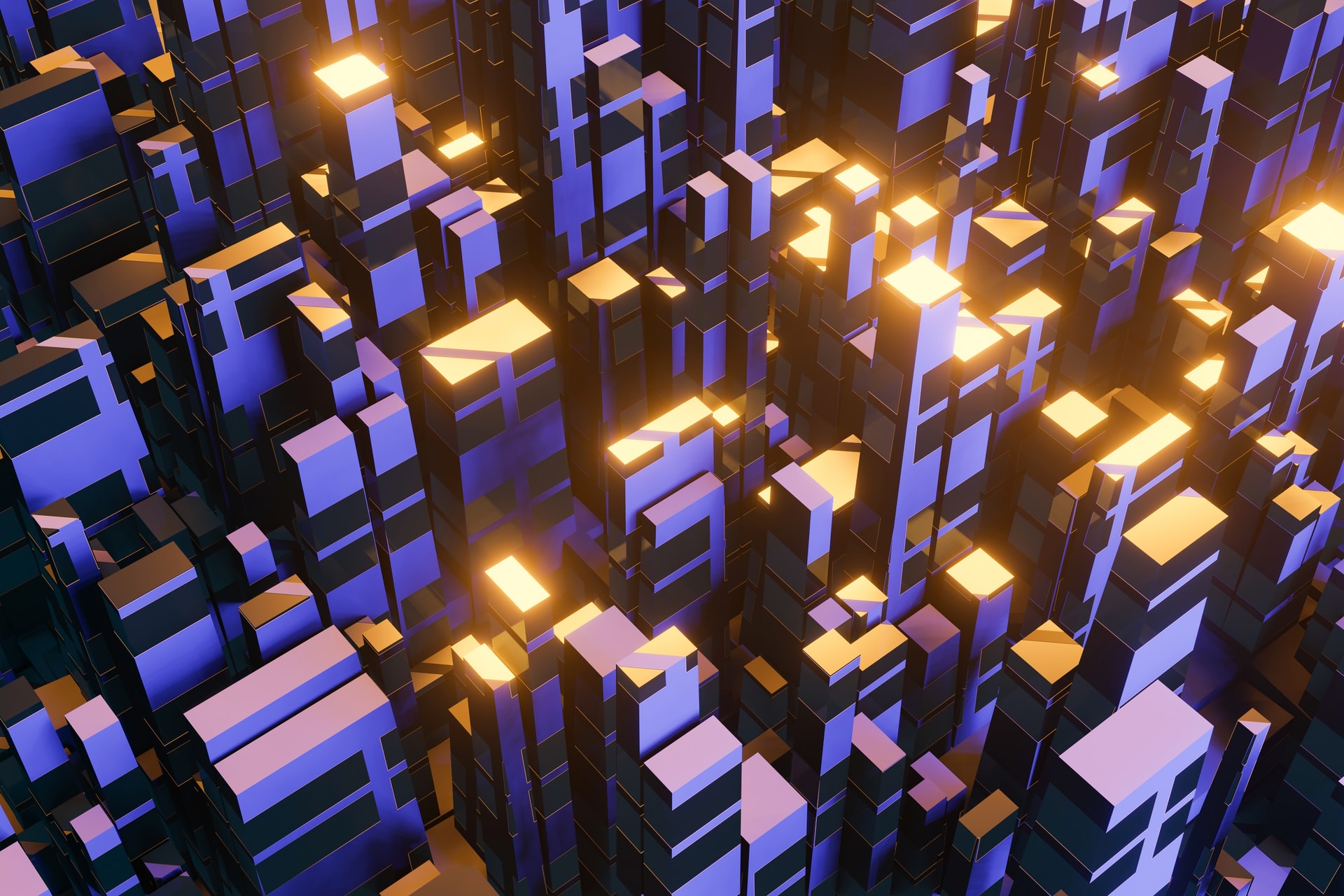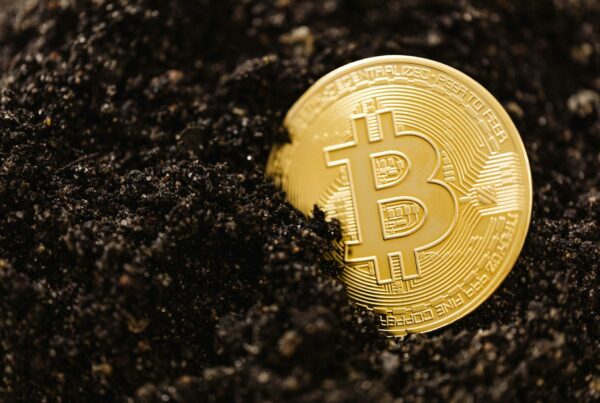Play-to-earn digital assets have surged in recent months as the future of gaming and blockchain technologies have begun to converge within the metaverse. Though several major studios have begun announcing plans to integrate these trends into coming titles and platforms, equities in the gaming industry have largely ignored this news thus far.
Video game revenues have already experienced a breakout year, surpassing a similarly strong 2020, and the potential for expansion of in-game NFTs and other digital asset markets could play a role in expanding those gains into 2022 and beyond.
Related ETF & Assets: Wedbush ETFMG Video Game Tech ETF (GAMR), Roblox Corporation (RBLX), Decentraland (MANA-USD), AxieInfinity (AXS-USD)
Play-to-Earn, Gamification Spurs Digital Asset Gains
“Play-to-earn” and the “Metaverse” are two intertwined terms that have gradually risen to prominence in digital asset markets over the last year. In the simplest terms, the metaverse is a digital world where items, locations, people, and more are represented by avatars or some other virtual marker, while play-to-earn is the gamification of asset accumulation within the metaverse; players earn rewards and even money within games that they play.
As MRP noted last week, the concept of a metaverse is nothing new, but the advent of cryptocurrencies and their ability to seamlessly plug into these digital worlds, while also being highly liquid and redeemable in the real world, has helped to further blur the lines between each of those realms. Therefore, the concept of the metaverse largely stands at the intersection of gaming and decentralized finance (DeFi), fueling a new form of blockchain-based revenue generation that some are now calling “GameFi”.
In our April report titled NFTs Could Revolutionize the Future of Real Estate Assets, MRP highlighted one of the most popular digital worlds in the crypto space, Axie Infinity, a highly popular Pokémon-inspired metaverse where players collect, breed, raise, battle, and trade “axies”, digital creatures that are tokenized and exchanged via the blockchain. The ownership of each axie is represented by a non-fungible token (NFT).
Players can earn the native Axie token, also known as Axie Infinity Shards (AXS), through gameplay. In October, Axie Infinity generated nearly $185 million in protocol revenue, second only to Ethereum. Consistent participation in the Axie metaverse has become particularly lucrative over the past several months as, between April 1 and November 22 of this year, the price of 1 AXS in USD terms has surged from around $5.50 to $130.00 – an increase of more than 2,200%.
Our April treatment on NFT-based real estate also touched on Decentraland – another preeminent example of a modern day metaverse. Within Decentraland’s metaverse, players utilize their digital avatars to interact with other users and participate in everything from concerts and art shows, all running on the blockchain. Essentially everything in Decentraland is an NFT, including real estate. 90,000 units of LAND, represented by NFTs, correspond to one digital plot to build upon.
Since Facebook’s announcement of a rebrand under the name “Meta”, which MRP covered in detail last week, Decentraland’s native currency, known as MANA (an ERC-20 token built on the Ethereum network), has spiked more than 400%. Units of LAND have sold for up to 1.3 million MANA, worth about $914,000 at the time, that acquisition is worth more than $5.4 million at today’s prices.
Gaming Industry Set to Embrace Blockchain, NFT Assets
Roblox, among the world’s most popular online gaming platforms, is a major candidate to benefit from the rising metaverse trend. The company recently announced their game’s number of daily active users grew 31% to 47.3 million in the third quarter, per Reuters. Quarterly bookings jumped 28% to $637.8 million, exceeding market expectations. Roblox, which made its public debut in March, has soared over the last month rising by 41% since November 1.
Roblox is not so much a single game as a toolbox that users use to program their own games, characters, and virtual worlds. Writing on Seeking Alpha, Star Investments notes that Roblox was designed almost from the beginning to be a human co-experience platform and its end goal is to have all human experiences that can be imagined to be available to be experienced with friends and family on the Roblox platform. Last month…
To read the complete Market Insight, current clients SIGN IN HERE For a free trial, or to subscribe and become an MRP client today, START A FREE TRIAL Once you’re logged in, you’ll also gain access to:










